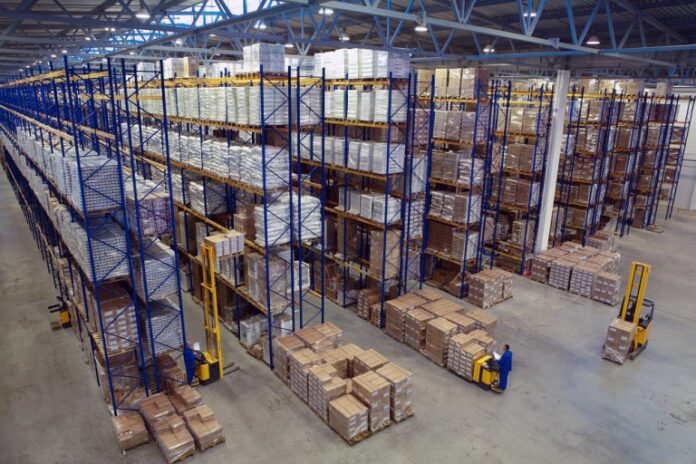Warehouses are essential in the supply chain, with a complex interplay of systems and equipment behind the curtains ensuring that goods flow seamlessly from production to consumption. The whole logistics can stop if reliable and efficient warehouse equipment is lacking. Here are some of the most important machinery constituting the backbone of modern warehousing.
Forklifts: Warehouse Engines
Without a doubt, forklifts are the most known and critical tools found in any warehouse. These flexible machines carry heavy loads and move pallets of goods around huge warehouse areas.
There is a variety of forklift types, including electric ones used indoors or diesel-powered ones intended for outdoor work, which suit different warehouses and cargo sizes as well. Proper operator instruction is one vital consideration since the smooth-running operation of forklifts assists in streamlining workflow, as well as reducing accidents.
Pallet Racks: Storage Optimization
The pallet racks facilitate an effective structure for the goods store. These may be either selective, drive-thru/drive-in, push-back, or flow-through racks that enhance storage capacity by optimizing product attributes and facility layout needs. Proper installation methods and load handling are important in preventing rack collapse, thus ensuring employee safety while working in such warehouses.
Conveyors: Goods Flow
Conveyors transport products within a warehouse with minimal human intervention, acting as its circulatory system. Roller conveyors, belt conveyors, tracked radial conveyors, and chain conveyors are common methods used to transfer products between stages through distribution centers such as the receiving dock or put-away area up to the order picking section, ending with the shipment point.
Automated conveyor systems significantly improve efficiency throughput, especially in high-volume operations.
Order Picking Equipment: Quicker Order Fulfillment
Every warehouse must have smooth order picking as part of its operations. A number of materials and equipment are used to make this activity efficient, including voice-picking systems, pick-to-light systems, and order-picking carts. Such tools help workers in the warehouse locate and gather products for shipping with precision and speed.
Order-picking technology must be accurate to ensure quick fulfillment and fewer picking errors. Additionally, with these technologies in place, linking a Warehouse Management System (WMS) enables real-time inventory tracking, better employee performance, and optimal resource allocation, which all promote high customer satisfaction rates and operational efficiencies.
Warehouse Management Systems (WMS): The Digital Brain
Though they are not physical equipment, Warehouse Management Systems (WMS) are the digital backbone of warehouse operations. They enable inventory management, product movement monitoring, space usage optimization, and order fulfillment assistance.
These WMS systems work in tandem with other scanners like barcode readers or radio frequency identification (RFID) that offer live information on stock levels and locations. Advanced data analytics can be utilized in WMS, where inefficiencies could be spotted by managers, hence giving them room to make better choices relating to performance on a general scale.
Conclusion
A good warehouse depends on the right selection of machines and technology. Through the acquisition of appropriate machinery/systems, warehouse managers can maximize space utilization to increase productivity and improve order accuracy with the aim of enhancing the overall performance of the supply chain.
